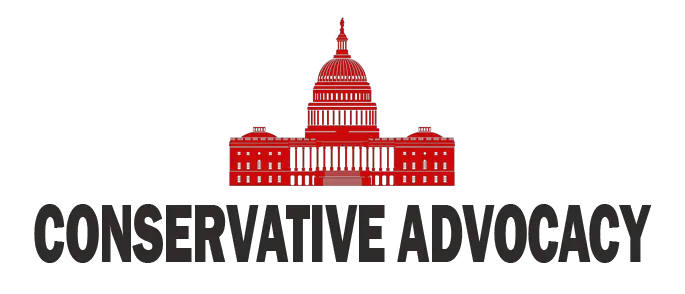Artificial Intelligence (AI) is sweeping across the globe faster than a speeding train—namely, the technology holds powerful implications for our democracy, national security, and education. Condoleezza Rice, the former Secretary of State and current director of the Hoover Institution at Stanford University is watching these AI advancements closely. With a front-row seat to the technological revolution occurring at Stanford, Rice has valuable insights into how these changes are reshaping society.
Rice emphasizes that America remains the most innovative and creative nation on Earth, largely due to the powerful drive within the private sector. Even the brightest minds pushing the boundaries of AI admit that no one truly knows where the technology will lead. Just a couple of years ago, the idea of generative AI was barely a whisper, but now it’s a widespread topic of conversation. Scholars, business leaders, and political figures are all on their toes, trying to wrap their heads around this rapidly evolving landscape.
As AI technology advances, concerns around national security inevitably arise. Countries like China are leveraging open-source AI research, raising alarms for America. Rice asserts that to maintain our competitive edge, the goal should be to “run hard and fast.” She believes that we are in the midst of a crucial technological arms race—one that could have significant implications for global power dynamics given AI’s potential capabilities. Moreover, she insists that it is essential to avoid strategic surprises from autocracies that may not have the same ethical standards in deploying technology.
Bipartisan discussions on how to regulate AI have yet to show concrete results, leaving some to ponder whether Washington is equipped to handle this massive, rapidly evolving industry. Rather than rushing headlong into regulations, Rice suggests that government officials should collaborate with private companies, aiming to understand the landscape better before, in her words, “making laws about something that you don’t understand.” Establishing a common language between regulators and innovators is crucial for ensuring responsible development.
While there are certainly fears about AI—such as “killer robots” taking over—Rice believes the narrative often leans too heavily towards the dark side. Many innovators in the field are actively seeking solutions instead of creating threats. The dream of developing technology that enhances lives rather than jeopardizes them is at the forefront of this movement. Furthermore, Rice points out that universities play a significant role in fostering the creativity and curiosity necessary for breakthroughs. Academic environments have historically been breeding grounds for innovative solutions, pushing the boundaries of what we currently understand.
To wrap it all up, Rice leaves us with a sense of optimism, balancing the acknowledgment of challenges like deep fakes against the relentless pursuit of knowledge. While the academic world grapples with integrating AI tools like chatbots into the learning process, the true goal should be to deepen understanding, encouraging students to, as she reminds them, “go one inch deeper” than surface-level answers. As exciting discoveries continue to unfold at places like Stanford, the future of AI promises both challenges and rich opportunities for growth.




